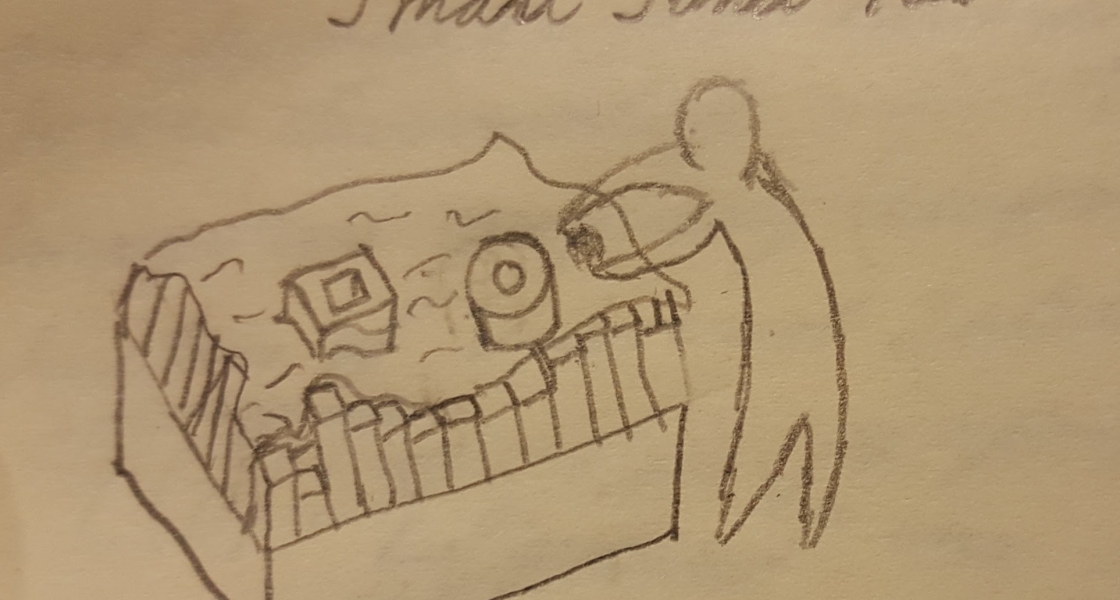Concept and Motivation
Clay (or wet sand) is a natural medium for humans to express 3D shapes by direct physical manipulation of material. The problem with such expression is that it can take years of practice to be able to create precise structures. If you haven’t developed the technique of an expert clay sculptor, you will probably end up with ill-formed blobs. As always, tools can help with this lack of dexterity. For example, buckets and other molds help us to make perfect cylinders for the turrets of sand castles. However, we are limited by the tools – in this case the “scaffolds” – we happen to have on hand. We would need a new bucket for every new kind of castle we want to build. The static nature of our tools fundamentally limits our expression. What if we had a dynamic scaffold that could morph to suit whatever we wanted to build? The shape displays, properly modified, offer one such solution.
Implementation
By covering a shape display in an elastic membrane material, then pouring sand over this membrane, we can create a “smart” sandbox. The sandbox can change it’s topology to create construction guides in 2.5D in real time. For example, it can easily create straight walls in discrete increments for “snap-to-grid” functionality. It can observe the topology of one sand construction (via an overhead depth sensor) and replicate that topology elsewhere (copy-paste.) It can raise up in areas to act as a dynamic construction support for free-standing structures (bridges, arches), then lay flat again once the user builds the structures. The smart sandbox can even add dynamic behavior to otherwise static shape structures (a draw bridge over a mote, activating ramps over walls, etc.)
Extension: Full 3D
In the above implementation, the 2.5D constraint of the shape displays translates to a 2.5D constraint on construction. At best, we can achieve some overhangs and arches by using them in dynamic support mode. Furthermore, almost all of the actual construction is left to the user – the shape display cannot add or subtract material directly, but can only act as a guid for the user’s manipulation. A natural extension would be a robotic sand deposition/subtraction system that is able to augment the natural manipulation abilities of the human in a cooperative manner. The user could start making a simple shape, and the robot could finish it, or the user could make the rough form of a structure, and the robot would refine it. In the case of sand, such construction is easily accomplished because water as a binding agent is easily applied.
Extension: Free-form 3D drawing
Sand/clay represent bulk structures. Another useful paradigm is strut/line-based (wireframe) structures, as with the 3Doodler and other “3D pens”. Again, these mediums have the same problem: the limited dexterity of humans renders them useless for precise structures. Here again the shape displays can act as precise yet dynamic construction tools/scaffolds/guides. This is equivalent to 2D drawing with a compass/ruler, but in 2.5D.

